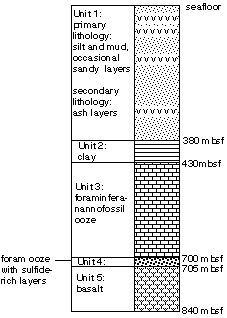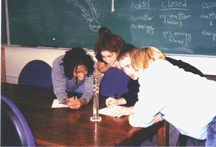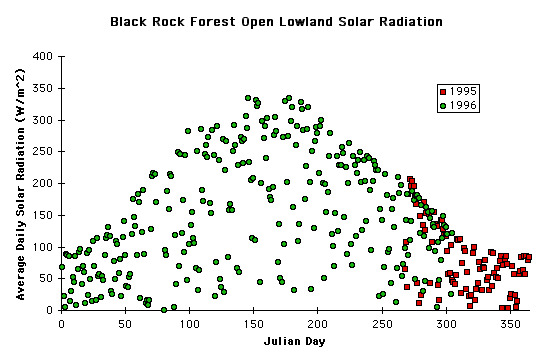
Undergraduate activities developed by Kim Kastens and disseminated via DLESE. The following activities were developed for use in either Planet Earth, a course for undergraduate non-science majors, or Earth's Environmental Systems: Solid Earth, a introductory course for majors in Environmental Science. Both classes were taught in a computer equipped lab with 15 computers. Students worked in pairs to complete the projects. Click the links below to see the full activity.

An activity designed for use in Earth's Environmental Systems: Solid Earth to assess student knowledge of the kinds of information contained in oceanic sediments, their ability to construct a logical chain of reasoning from observation and interpretation, and their ability to formulate a strategy for answering unanswered questions in earth science. Imagine you are onboard the scientific drillship Joides Resolution drilling in 7500m water depth, and you recover the core section illustrated to the right.....

An in-class activity designed for use in Planet Earth allowing students to examine a "closed system"; exercise their understanding of the relationships among density, volume and temperature; and formulate observations that are turned into a hypothesis with a proposal for testing the hypothesis. This activity is taught as an inclass activity within a 75 minute class session. Observe a pre-cooled Galileo themometer as heat is applied, discuss and interpret...

An in-class activity designed for use in Planet Earth focused on how solar energy is distributed at the surface of the Earth in both space and time. The activity involves making observations from Earth data, then interpreting those observations, and finally making predictions from the interpretations. Based on data provided write down three observations about the rate of arrival of solar energy onto Black Rock Forest...